California raised the minimum wage for fast-food workers to $20/hour on April 1, 2023. This law affects restaurants with 60 or more locations.
The increase represents a 25% jump from the previous $16/hour wage. California’s minimum wage is now the highest in the nation for fast-food workers.
Price Hikes Follow Wage Increase
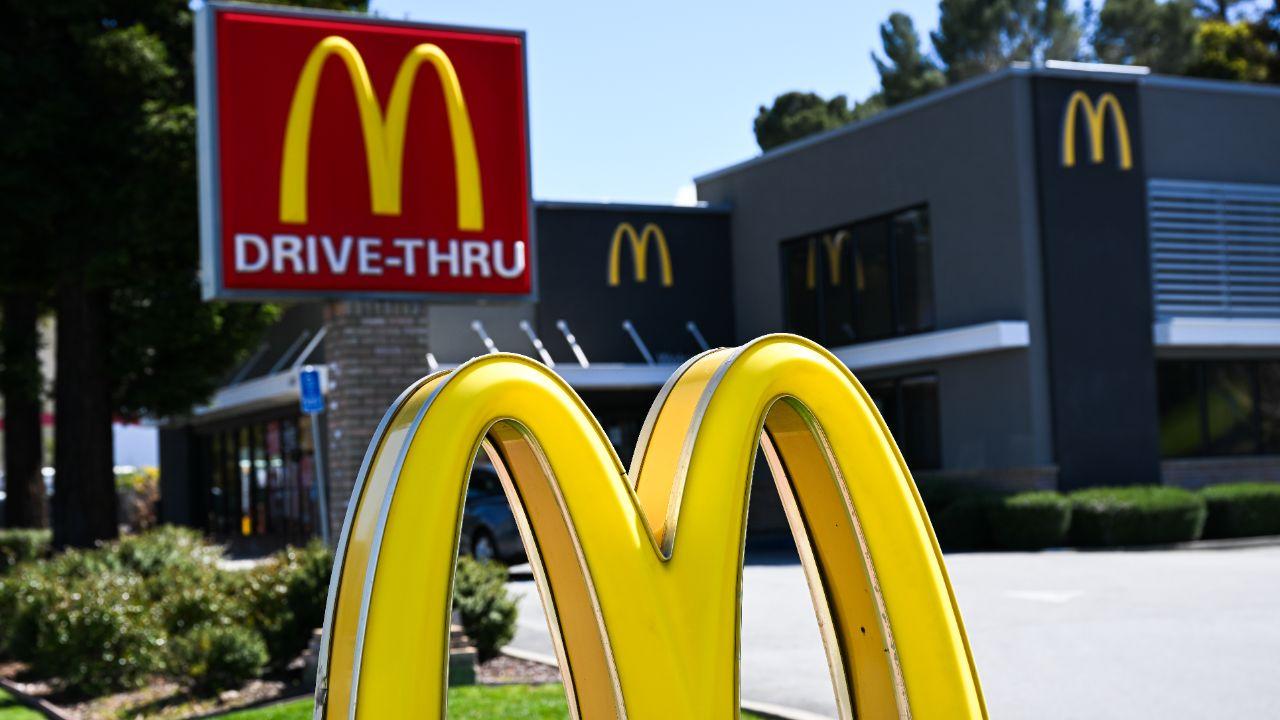
Fast-food chains raised menu prices in response to the wage hike. Increases ranged from mid-single digits to mid-teens percentages.
McDonald’s, for example, raised prices by about 8%. Historically, a 10% minimum wage increase typically results in a 0.36% increase in restaurant prices.
Foot Traffic Declines Post-Wage Hike
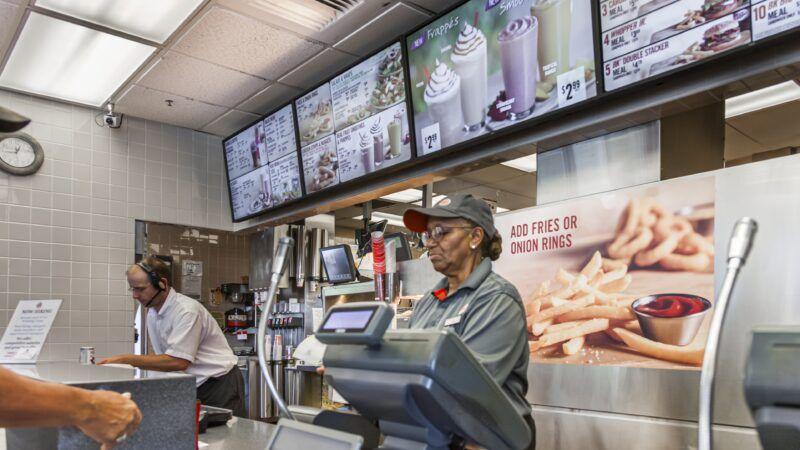
Placer.ai data shows decreased foot traffic at California fast-food chains. Traffic fell below the national average for seven out of eight weeks post-wage hike.
Quick-service burger chains experienced the most significant impact. This trend contrasts with increased foot traffic in February and March.
Restaurants Adjust Operations to Cope
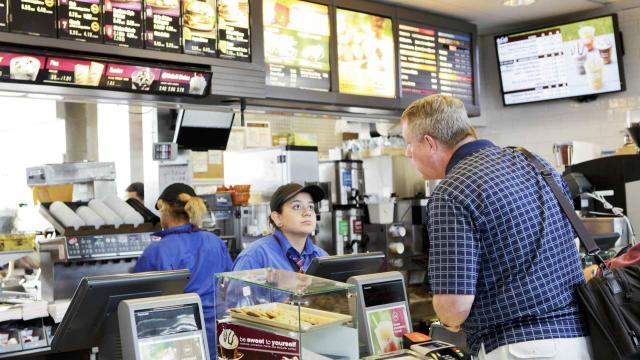
Many restaurants reduced staff hours and shift sizes. Some franchisees now work shifts themselves to cut costs.
Automation investments have increased among larger chains. The fast-food industry employs about 556,000 workers in California.
Job Growth Continues Despite Concerns
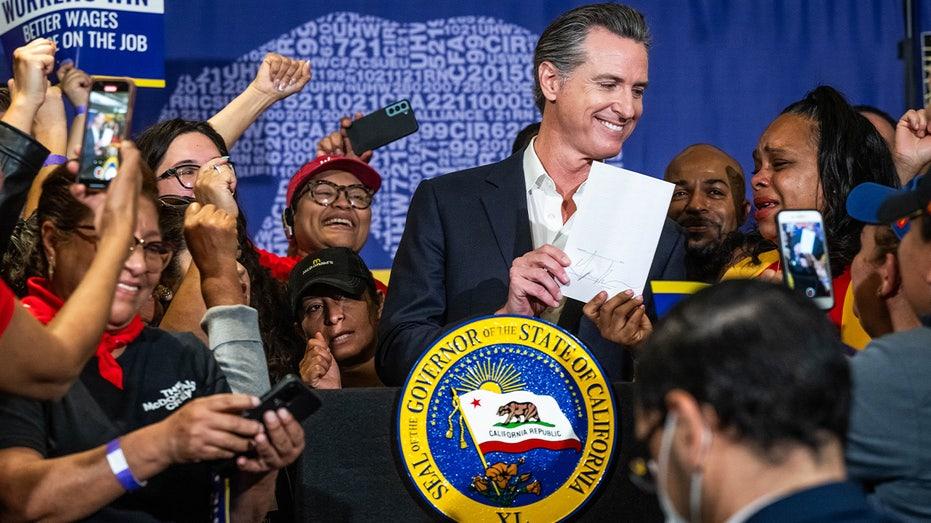
The fast-food industry added 8,000 jobs in the two months following the wage hike. This growth mirrors trends seen after previous minimum wage increases.
A UC Berkeley study found job growth continued after earlier wage hikes to $15/hour. The industry employs about 3.8 million workers nationwide.
Workers Experience Mixed Effects
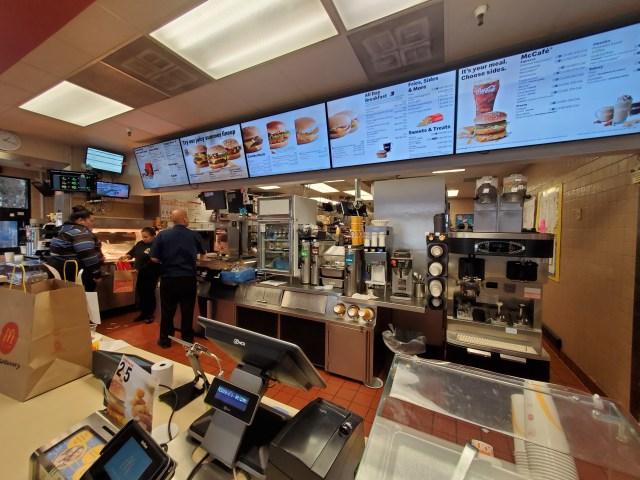
Some workers report reduced hours but appreciate higher pay. Extra income allows for improved quality of life and financial stability.
However, some face increased workloads due to reduced staffing. The average fast-food worker in California now earns about $41,600 annually at full-time hours.
Small Franchisees Face Financial Pressure
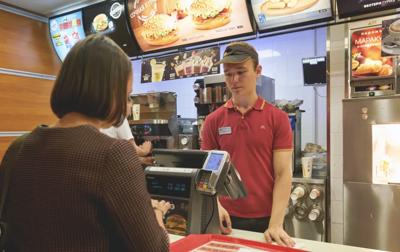
Independent franchisees report struggling with the sudden cost increase. Labor costs now represent about 35% of expenses for many operators.
Some have cut part-time positions or reduced operating hours. There are approximately 30,000 fast-food locations in California.
Long-Term Impact Remains Uncertain
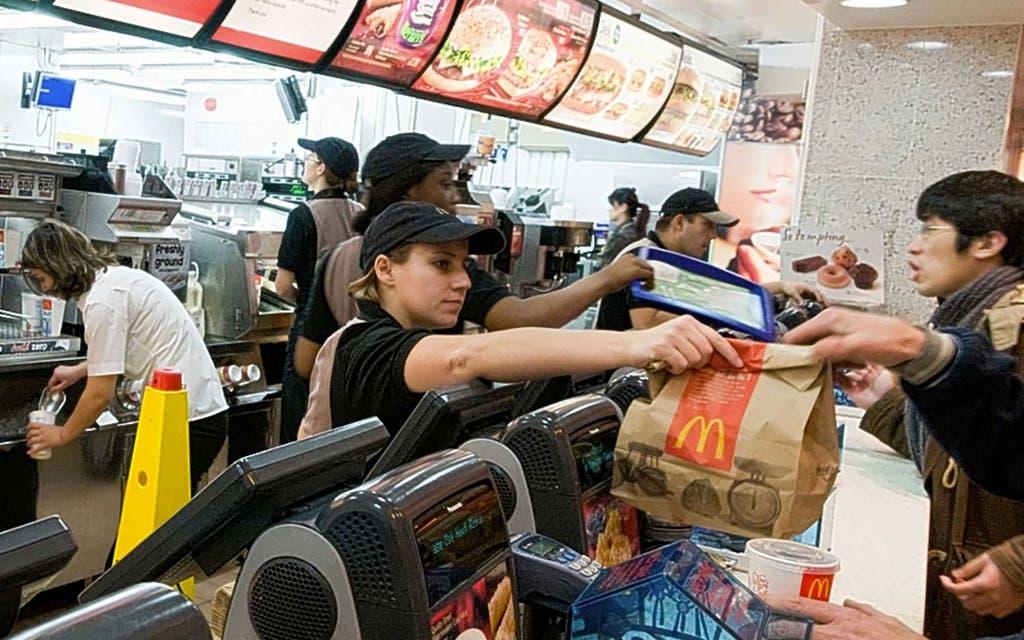
Experts say it’s too early to determine the full effects of the wage hike. Past wage increases haven’t necessarily led to widespread job losses.
However, concerns persist about potential closures and layoffs. The fast-food industry contributes about $80 billion annually to California’s economy.
Automation May Reshape Industry Landscape
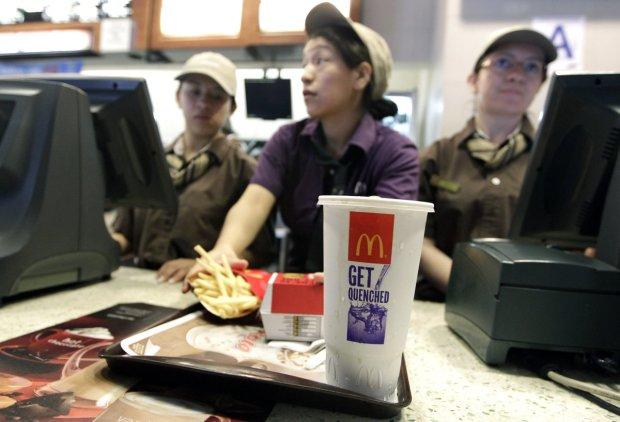
Larger chains are investing in automation to reduce labor costs. This trend could widen the gap between major corporations and smaller regional chains.
The global food automation market is expected to reach $29.4 billion by 2027.
Consumer Behavior Shifts Observed

Some customers are cutting back on extras like drinks and sides. Others may reduce visit frequency due to higher prices.
Fast-food spending typically accounts for about 11% of Americans’ food budgets. The average American spends $1,200 annually on fast food.


